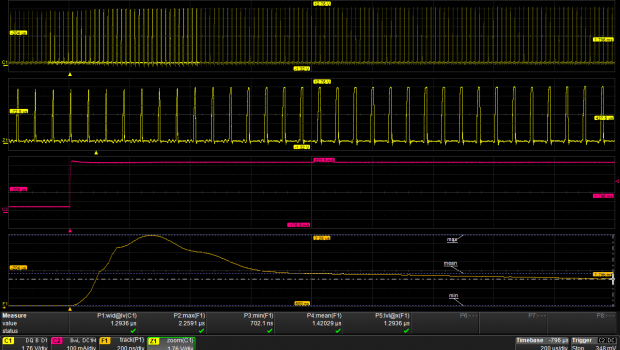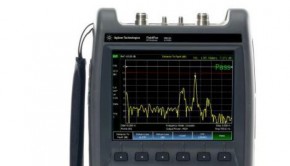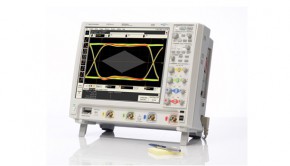10 More Tricks to Extend Oscilloscope Usefulness
An earlier article introduced ten ideas for extending the basic functions of mid-range digital storage oscilloscopes (DSO’s). Here are ten more ideas that will help save you some time and may make you the company DSO expert.
Demodulating PWM Signals
PWM (Pulse width modulation) is used extensively in switched-mode power supplies and motor controllers. Analyzing control-loop dynamics requires visualization of the variation of pulse width with time. If your oscilloscope has a power analysis option package, then you have this capability. If, however, your oscilloscope isn’t so equipped you can demodulate the PWM control signals using the oscilloscope’s track (time track in some oscilloscopes).
First, make sure your oscilloscope includes all instance measurements. That means if you measure the width of a waveform, the oscilloscope will measure every cycle of the waveform that appears on the screen. It should also include a track function that generates a waveform based on a measured parameter. The track of the width or “width@level” parameters will show pulse width changes on a cycle-by-cycle basis versus time, synchronous with the source trace. This makes the track of width the ideal tool for demodulating a PWM signal. The track function can be accessed from the parameter or math setup.
Parameters can be applied to the track function as in Figure 1 where parameters P2 through P4 read the maximum, minimum, mean, and last pulse width from the track waveform.
Full article by By Arthur Pini, EDN Network
































































































































































